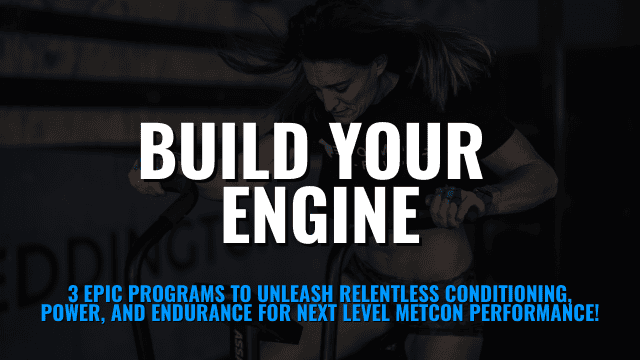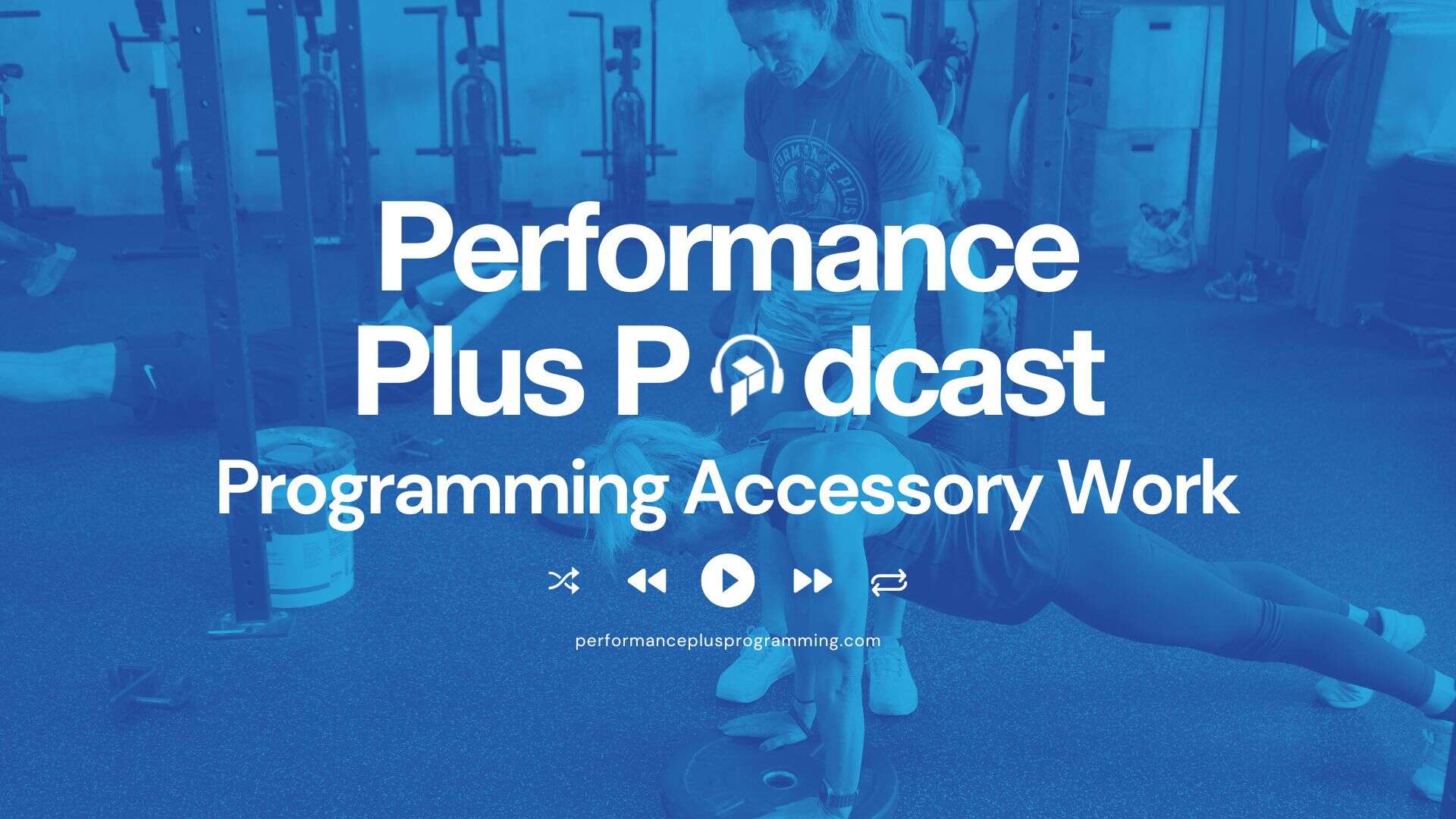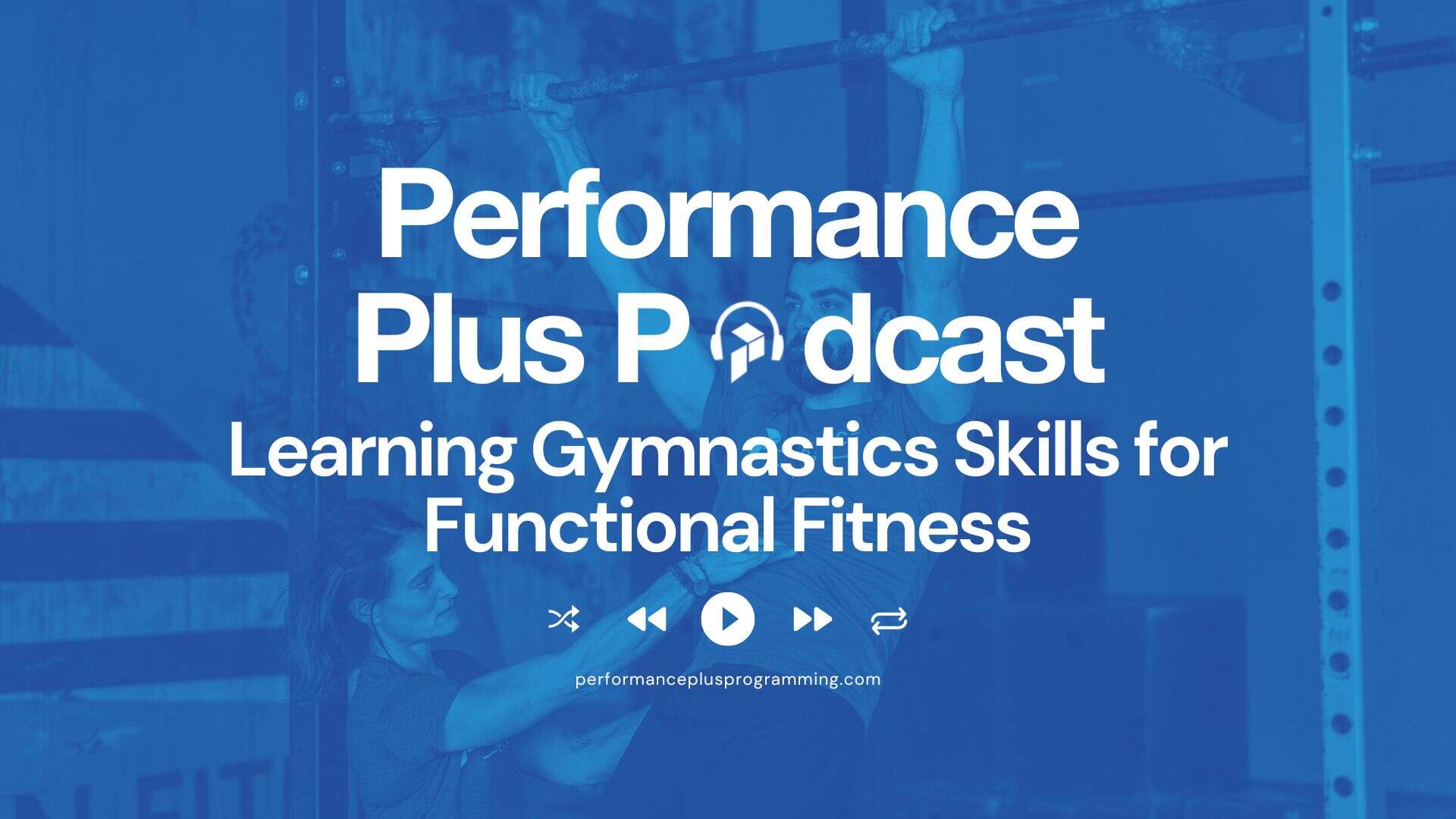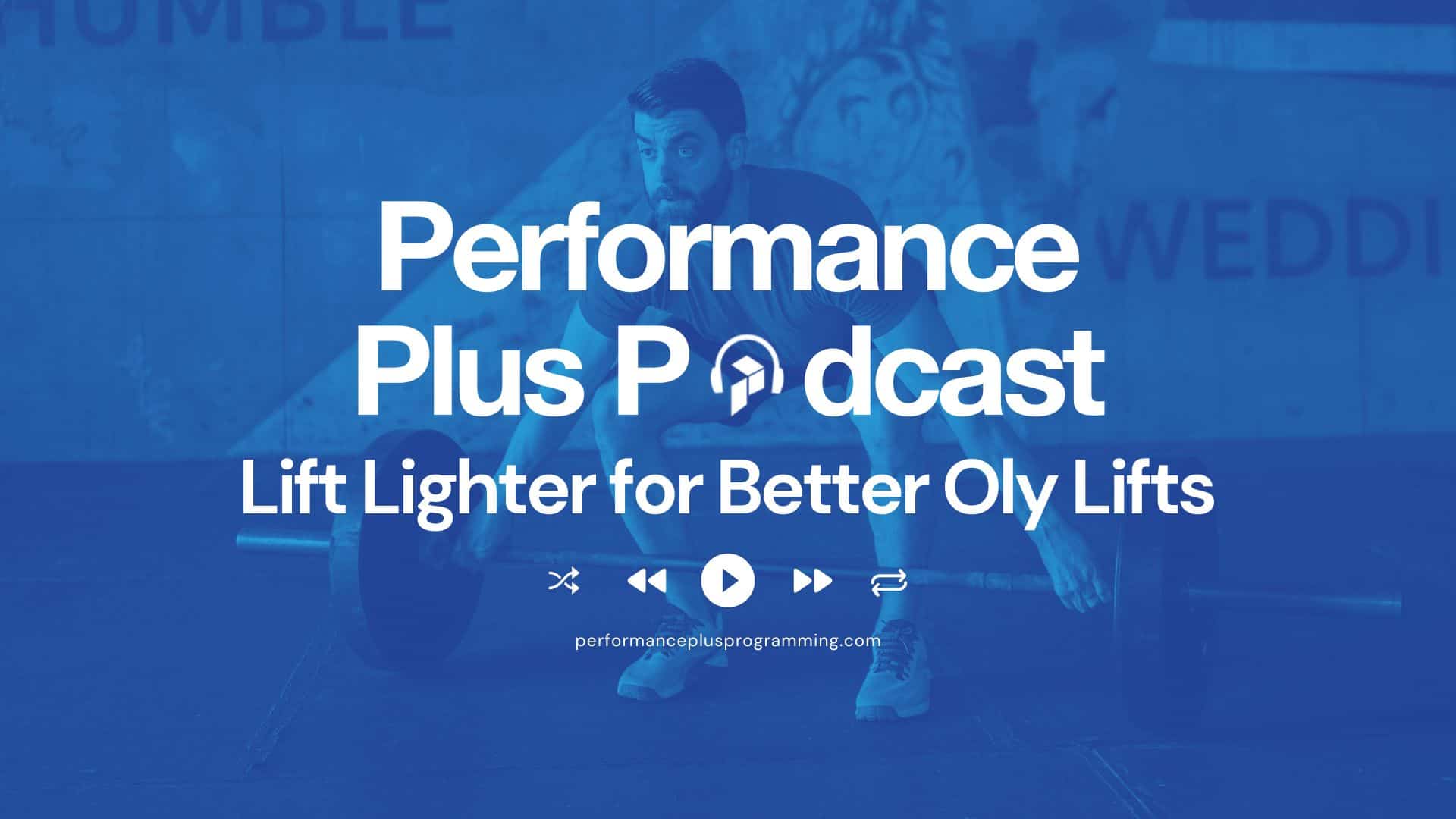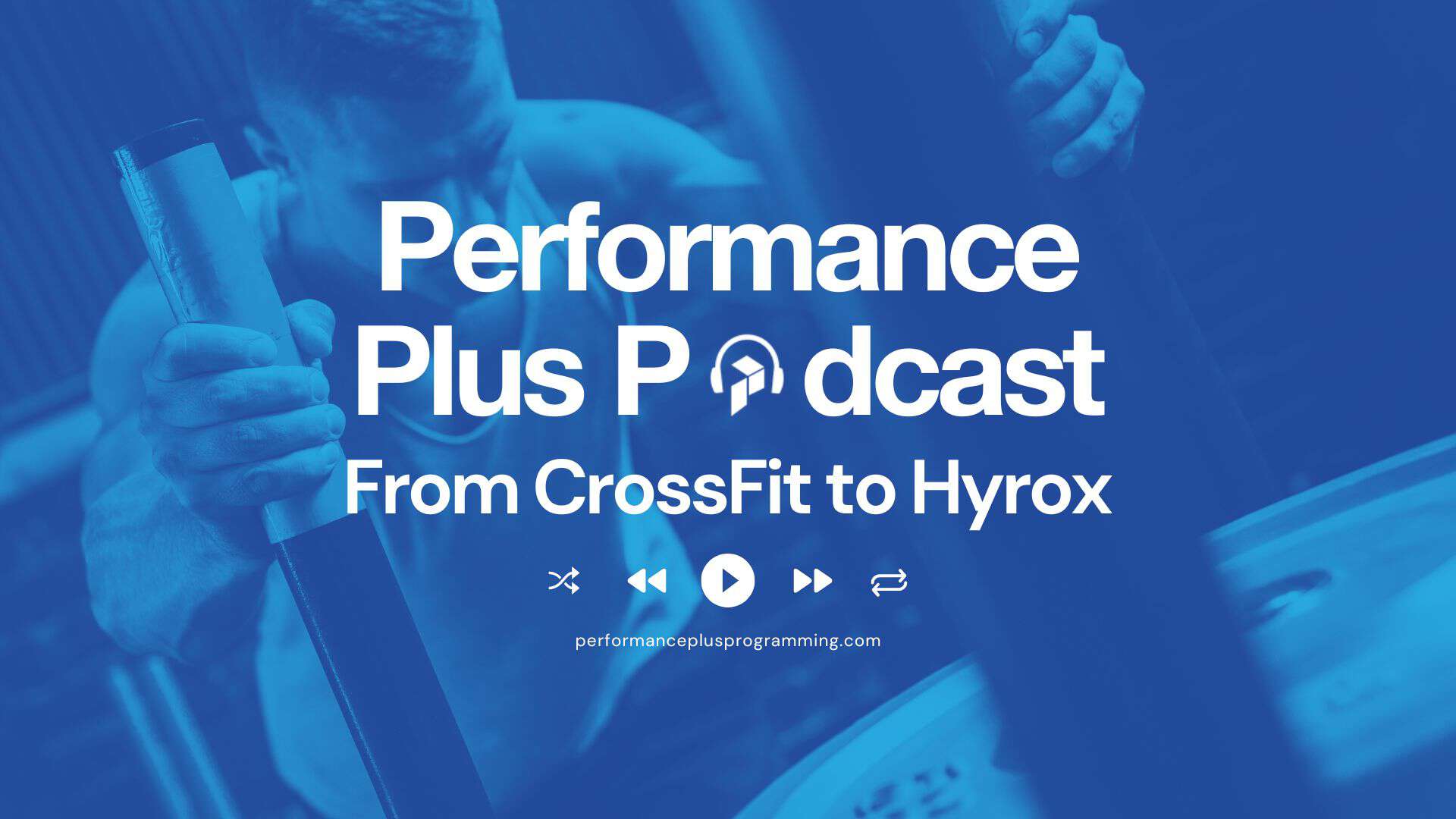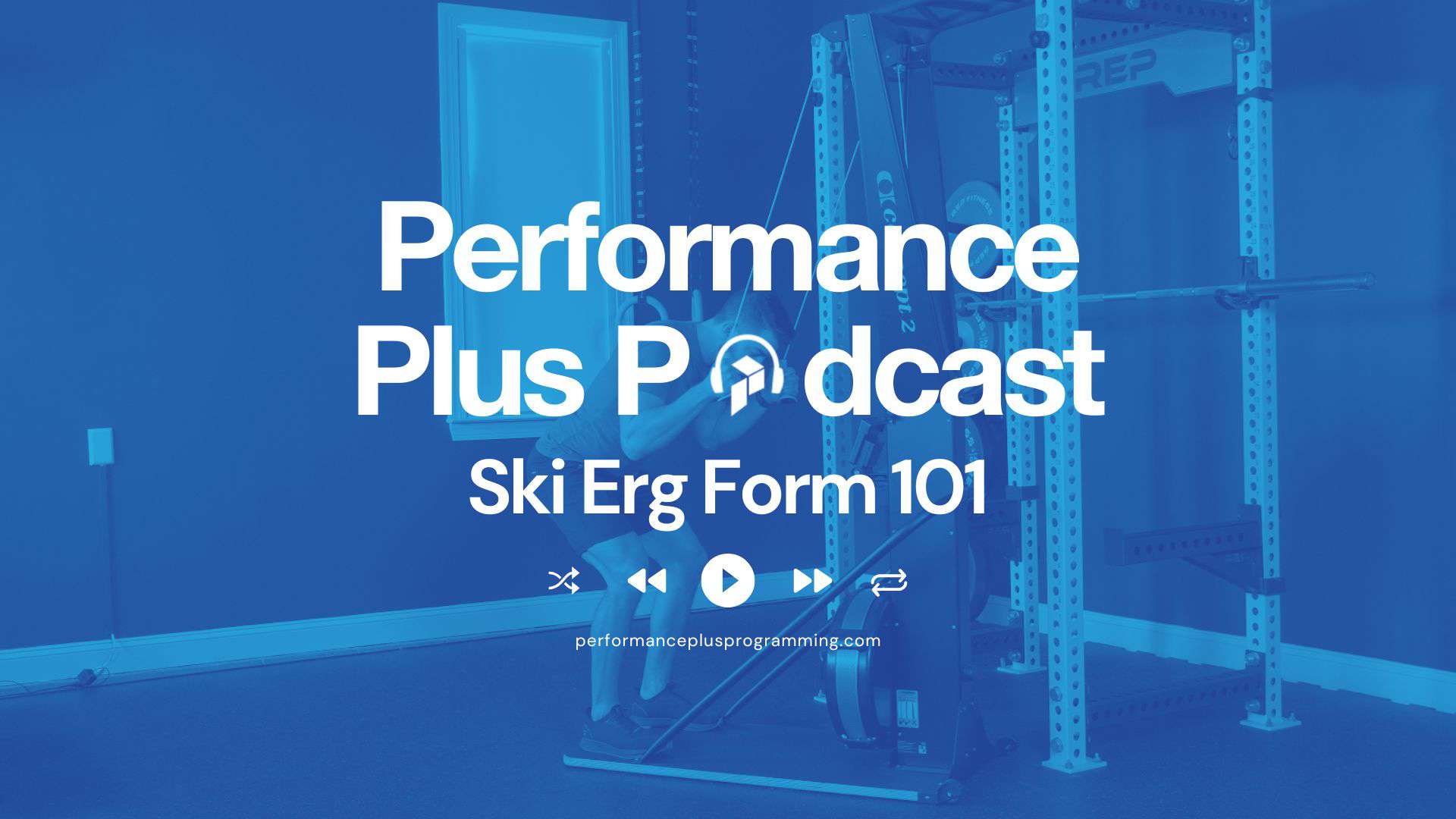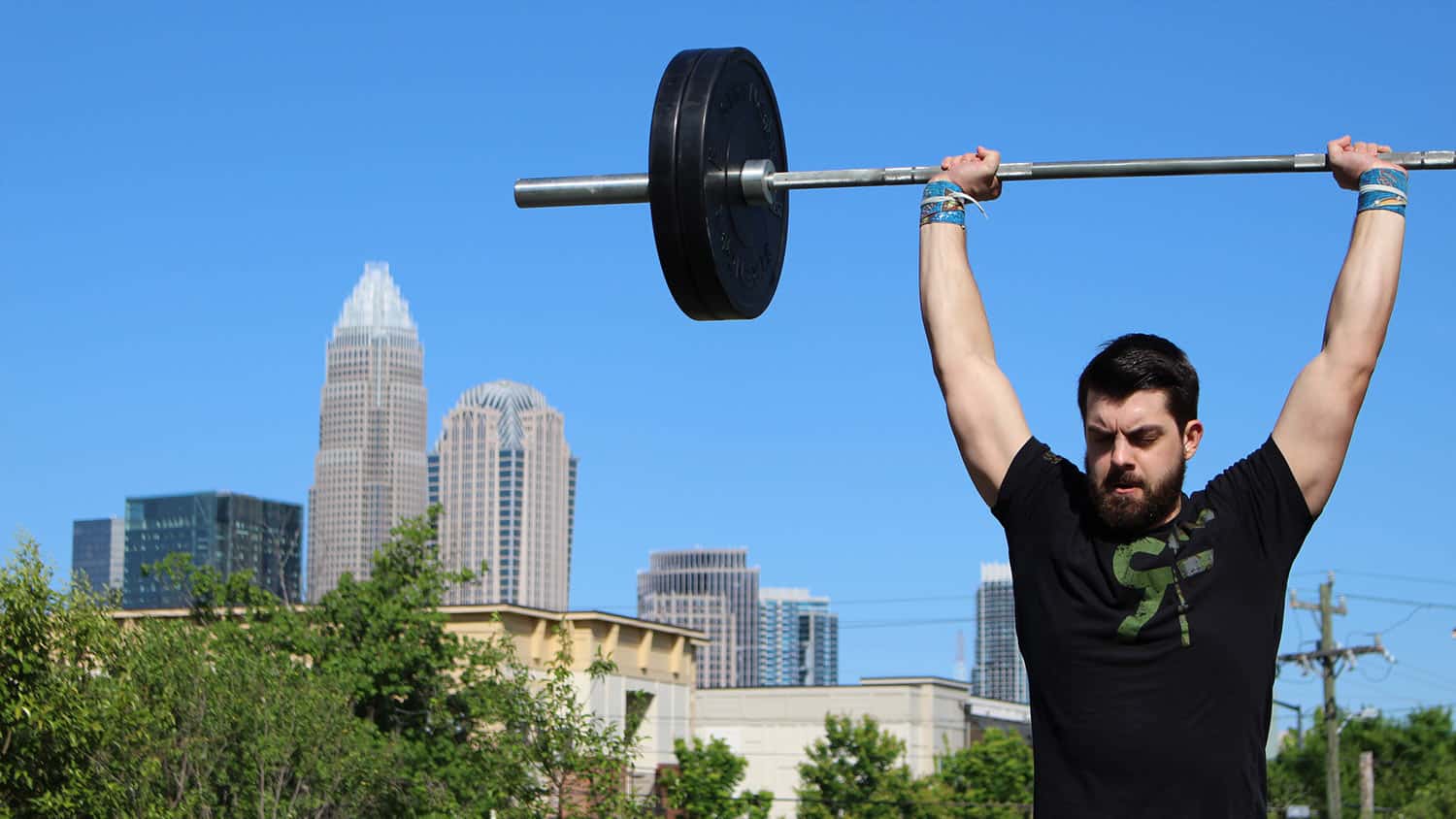
Accessory Conditioning WODs You Need to Train – Build Your Engine Episode 3
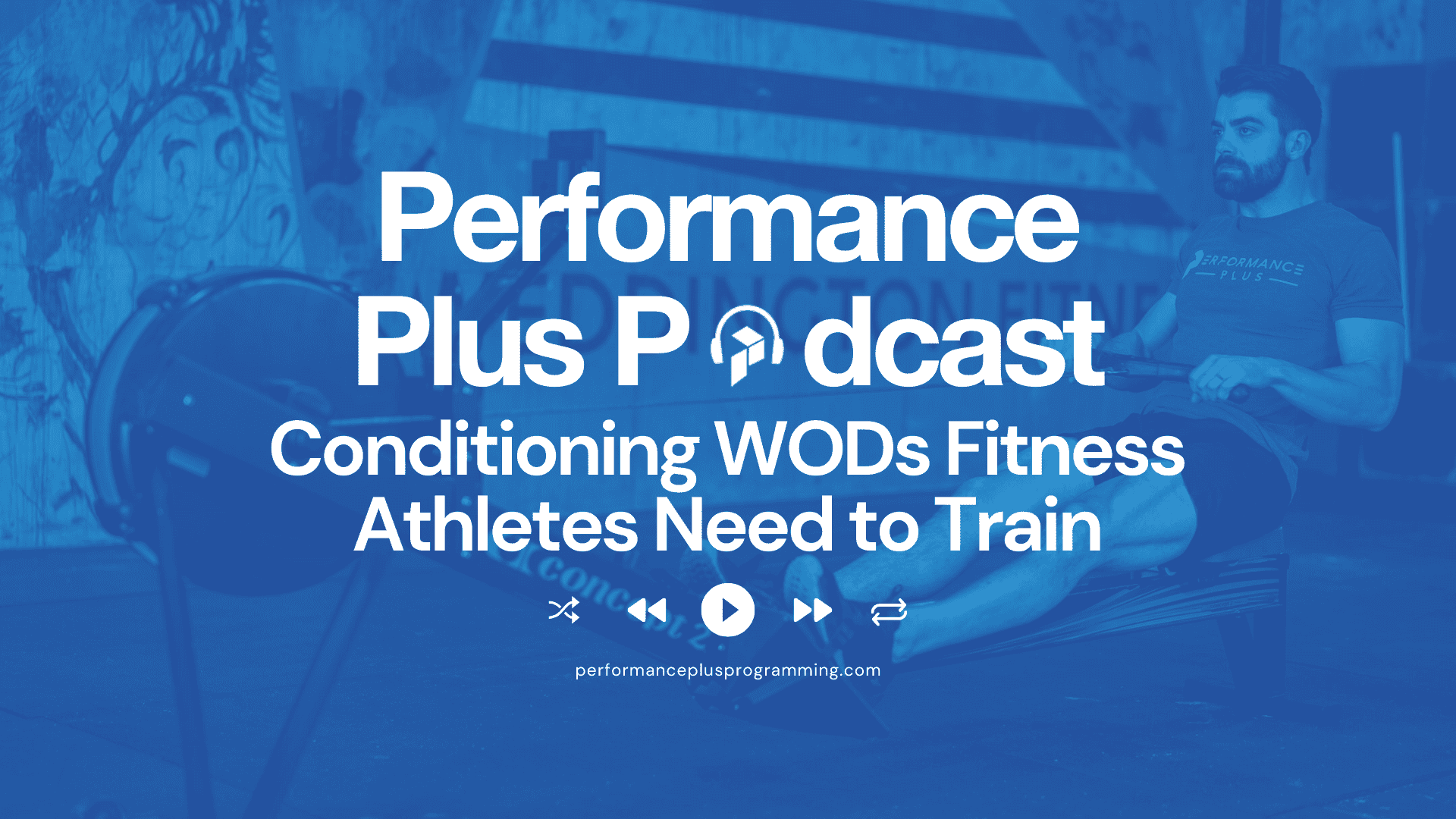
Accessory Conditioning WODs You Need to Train
Build Your Engine Episode 3
In this episode of the Performance Plus podcast, we discuss the importance of Zone Two cardio for CrossFit athletes, emphasizing its role in building aerobic capacity and improving overall performance. The conversation covers the physiological benefits of training in this zone, including increased mitochondrial density and heart efficiency. Zach and Johnny also explore other training zones, such as tempo and threshold, and their relevance to CrossFit programming. Practical advice on how to incorporate these training methods into a CrossFit regimen is provided, along with insights on balancing endurance training with CrossFit workouts.
Download the Build Your Engine eBook here!
Episodes
- Rethinking Conditioning
- How Energy Systems Drive Performance
- Accessory Conditioning WODs You Need to Train
- Wrist vs. Chest Heart Rate Monitors
Takeaways
- Zone Two cardio is essential for building aerobic capacity.
- Training in Zone Two increases mitochondrial density.
- A stronger heart leads to better performance in workouts.
- Zone Two cardio is less taxing on the body than high-intensity training.
- CrossFit athletes often neglect Zone Two training.
- Tempo and threshold zones are important for overall fitness.
- Zone Five training focuses on maximizing VO2 max.
- Proper programming can prevent overuse injuries in athletes.
- Balancing CrossFit with endurance training can enhance performance.
- Taking breaks from CrossFit can help maintain fitness levels.
Chapters
- 00:00 Introduction to Zone Two Cardio
- 02:53 Benefits of Zone Two Training for CrossFit Athletes
- 06:03 Understanding the Heart’s Role in Zone Two Training
- 08:50 Exploring Tempo and Threshold Zones
- 12:06 Maximizing Performance with Zone Five Training
- 14:54 Practical Applications and Programming for CrossFit Athletes
- 18:11 Balancing CrossFit and Endurance Training
Conditioning WODs Podcast Summary
In the latest episode of the *Performance Plus Podcast*, Zach Long and Johnny B continue their series on conditioning for CrossFit and functional fitness athletes, this time focusing on the importance of Zone 2 cardio. This training style, often called “low-intensity steady-state cardio,” is a foundational element for building aerobic endurance and overall fitness.
What Is Zone 2 Cardio?
Zone 2 cardio refers to aerobic workouts performed at 65-75% of your maximum heart rate or lactate threshold. It emphasizes a slower, steady effort aimed at enhancing the body’s ability to sustain prolonged activity. This zone plays a vital role in increasing mitochondrial density (the powerhouse of cells) and improving heart efficiency.
Why Zone 2 Cardio Matters for CrossFit Athletes
CrossFit often prioritizes high-intensity training, but that leaves a gap in building a well-rounded aerobic base. Here’s why incorporating Zone 2 cardio is essential:
- Improved Recovery and Endurance
- Regular Zone 2 training increases heart efficiency, enabling more blood to be pumped with each beat. This makes athletes more efficient during both low- and high-intensity workouts.
- Reduced Overuse Injuries
- By replacing some high-intensity workouts with Zone 2 sessions, athletes can lower injury risk. This is especially useful for athletes who struggle with multiple overuse injuries in a year, suggesting an imbalance in recovery and training volume.
- Lower Physical and Mental Stress
- Zone 2 cardio is less taxing, allowing athletes to train consistently without excessive fatigue. It also serves as an effective option for athletes needing recovery while maintaining activity.
How to Program Zone 2 Cardio
Johnny recommends a minimum of 30 minutes per session, gradually increasing by 10-20% over time. Here are some ways to structure Zone 2 workouts:
- Circuit-Based Workouts
- Instead of sticking to one exercise, athletes can create a circuit with activities like kettlebell swings, biking, and rowing to maintain variety while staying in Zone 2.
- Steady-State Sessions
- Opt for a sustained 30-60 minute run, row, or bike ride at a consistent pace.
- Programming Frequency
- Aim for 1-2 Zone 2 sessions per week, depending on overall training volume and recovery needs.
Beyond Zone 2: The Role of Tempo, Threshold, and VO2 Max Work
Zone 2 cardio is just one part of developing a complete aerobic base. Here’s how other zones contribute to CrossFit conditioning:
Tempo Zone (Zone 3)
- This zone operates at 80-85% of maximum heart rate and is common in longer CrossFit metcons.
- It’s the pace you’d maintain during longer workouts, like marathons, and helps athletes build sustainable work capacity.
Threshold Work (Zone 4)
- Threshold workouts occur at 85-88% of maximum heart rate and help improve the highest sustainable effort.
- This type of training mimics your 5K pace, pushing athletes to maintain work right below the lactate threshold.
VO2 Max Work (Zone 5)
- Zone 5 targets maximal oxygen uptake, typically occurring at 90% or more of maximum heart rate.
- These short, intense intervals build anaerobic capacity and enhance recovery between sets during CrossFit metcons.
How to Incorporate These Zones in CrossFit Programming
While CrossFit programming often covers the Tempo and Threshold zones through metcons, athletes should also include specific sessions targeting Zone 2 and VO2 Max. Here’s how:
- Mix Zone 2 with Strength Work
- Combine full-body strength sessions with Zone 2 work to maintain aerobic capacity without excessive fatigue.
- Progress VO2 Max Intervals
- Start with short intervals (e.g., 10-15 seconds of max effort) followed by longer rest periods. Gradually increase the work-to-rest ratio over time to improve performance.
- Monitor Intensity
- Use power output on equipment like rowers or bikes to ensure accurate intensity levels, avoiding the tendency to push beyond prescribed zones.
Takeaway: Build a Complete Engine
CrossFit athletes often neglect Zone 2 cardio, but this conditioning WOD style is crucial for building a well-rounded conditioning base. By incorporating targeted Zone 2, Tempo, Threshold, and VO2 Max work, athletes can achieve better performance, reduce injury risk, and improve recovery.
For more structured programs and workouts tailored to CrossFit athletes, check out the “Build Your Engine” programs!
